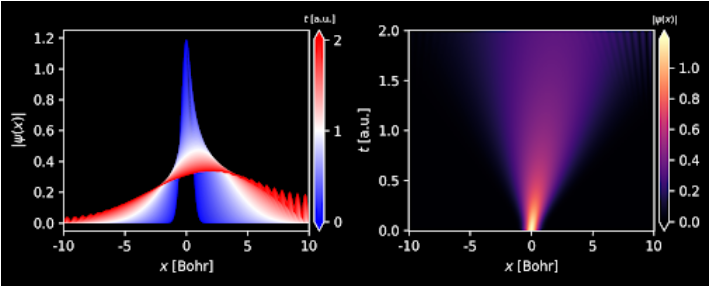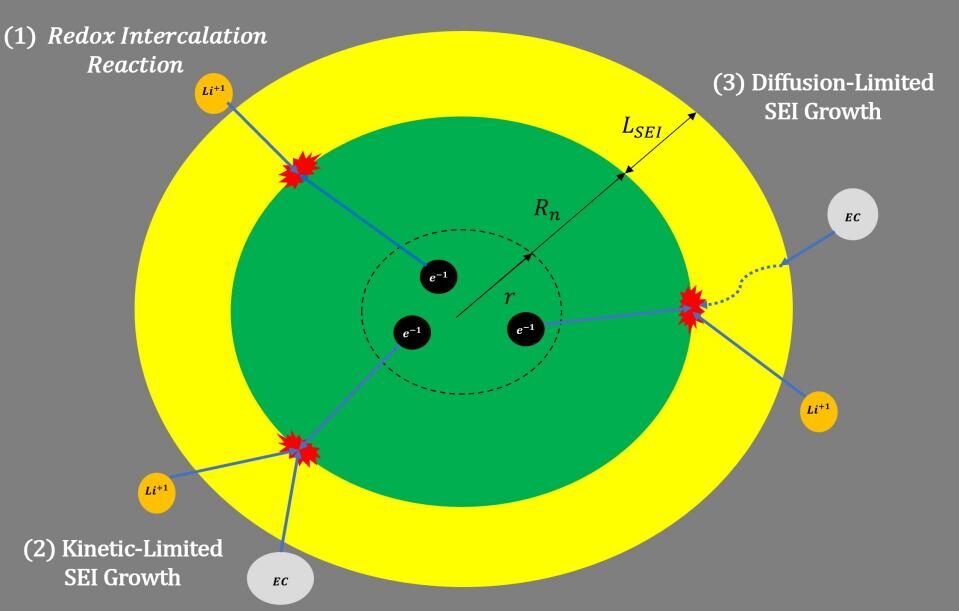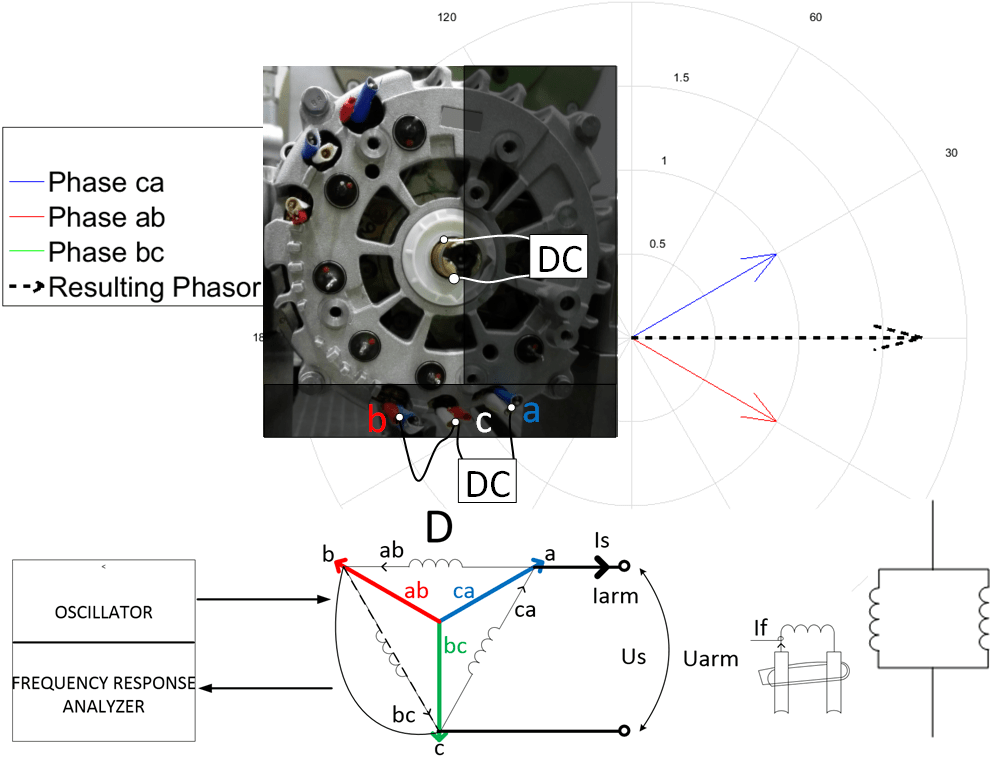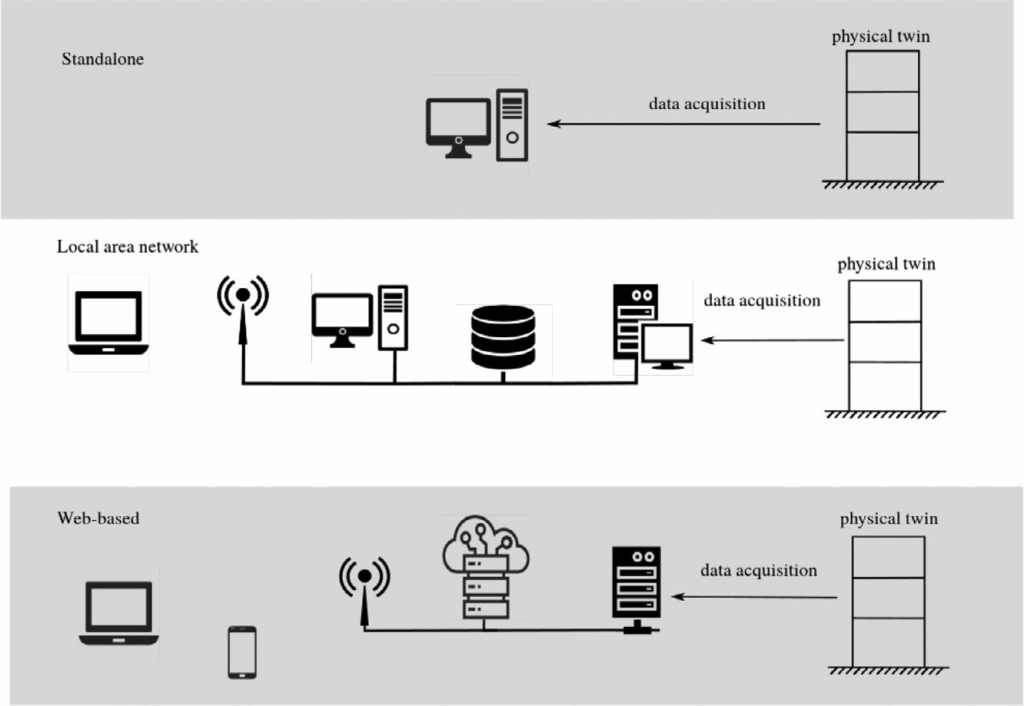Flux Barrier Design Method for Torque Ripple Reduction in Synchronous Reluctance Machines

Abstract—The current publication introduces the flux barrier design method and the concrete design of the synchronous reluctance machine with the reduced torque pulsations. The reviewed method provides the accelerated approach for designing of rotor flux barriers, based on Fast Fourier transforms and simple mathematical expressions. The proposed method has been utilized in the rotor design of synchronous reluctance machine and has shown desired results in reduced torque ripple. The innovative nonsymmetrical geometries for rotor flux barriers created on the basis of proposed flux barrier design method have been implemented and proved as beneficial. Keywords—Flux barriers; torque ripple reduction; FEM; synchronous reluctance machines.












